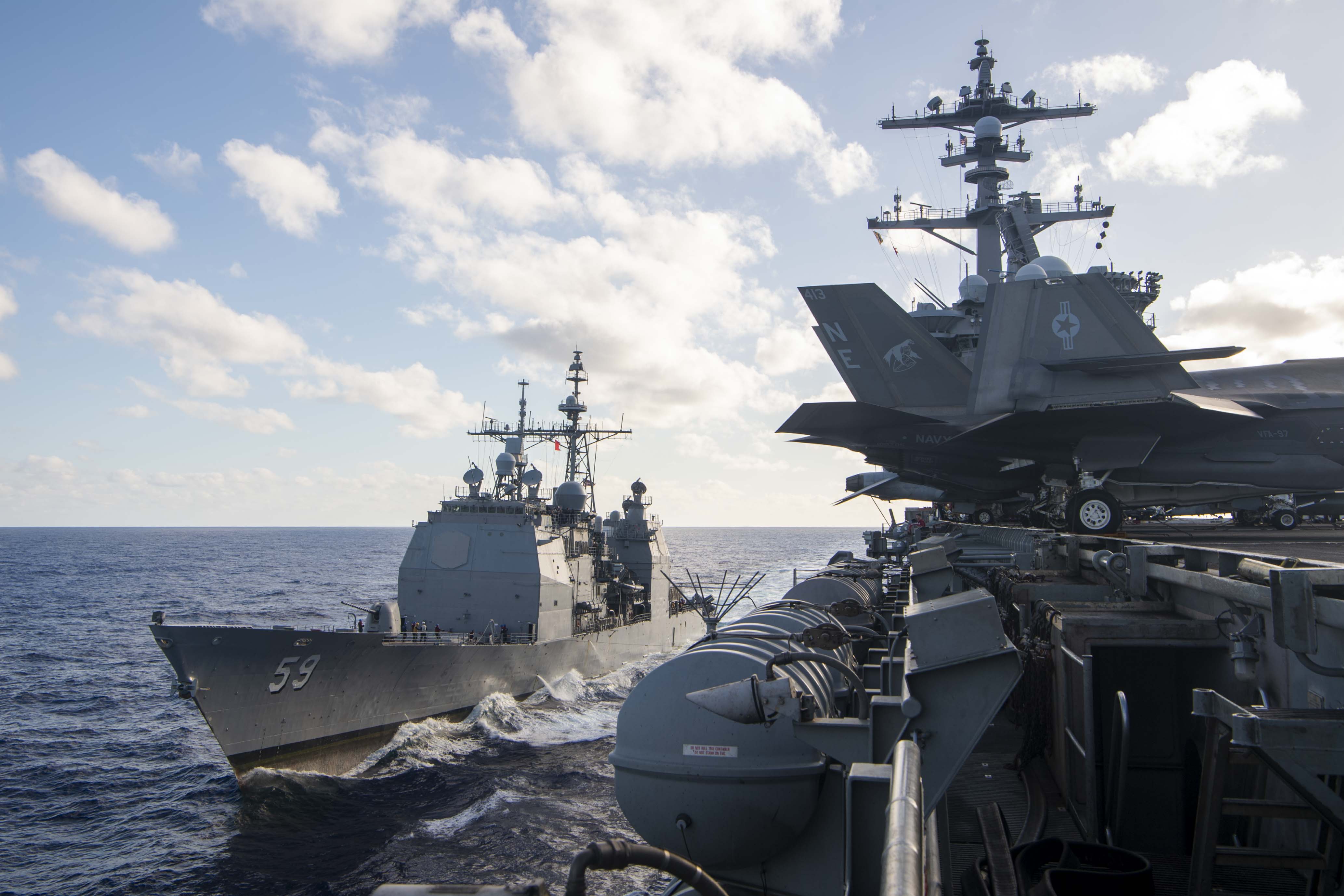
Report to Congress on U.S. Navy Force Structure, Shipbuilding
The following is the May 24, 2024, Congressional Research Service report, Navy Force Structure and Shipbuilding Plans: Background and Issues…
Copyright 2024 U.S. Naval Institute. All Rights Reserved.